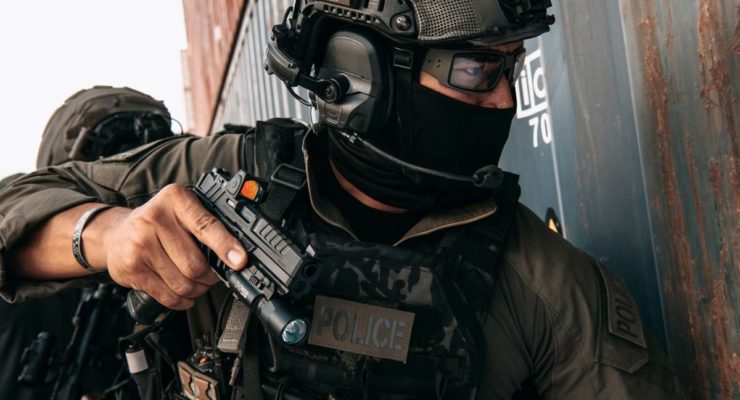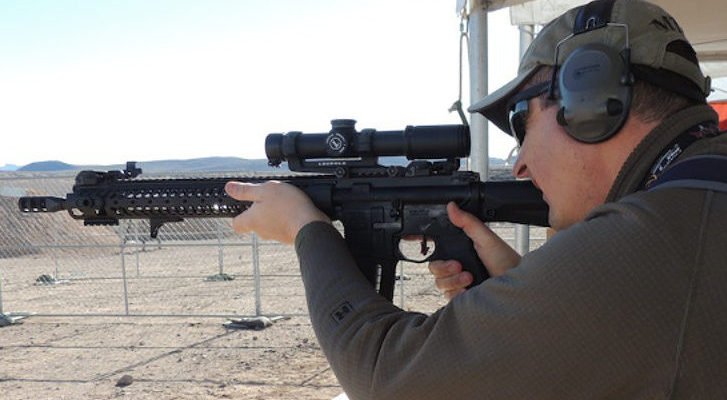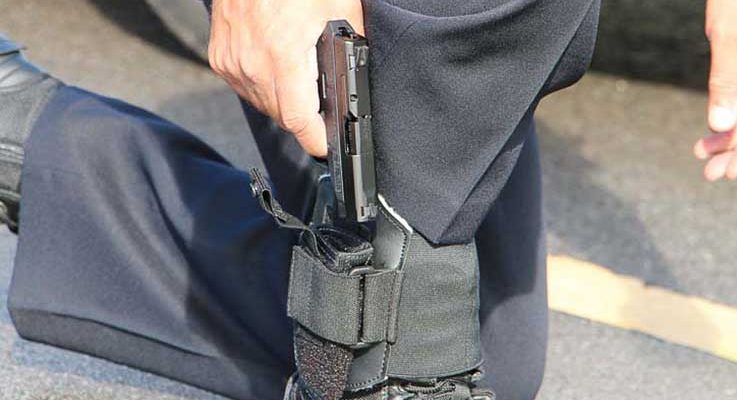Springfield Armory announced a new pistol that genuinely qualifies as a duty pistol. Called the Echelon, the new 9mm pistol offers a lot of features […]
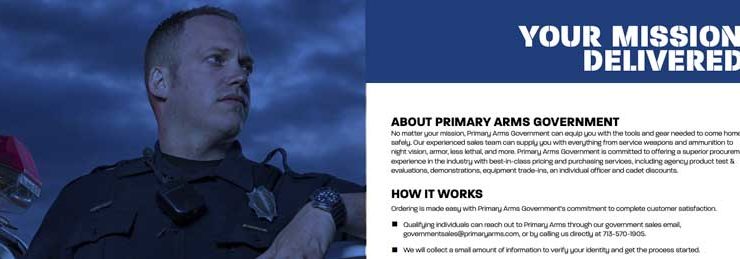
Primary Arms Cadet Program – Helping New Officers Afford the Job
Attending the police academy can be very expensive for anyone not yet employed by a law enforcement agency. Beyond the tuition costs, recruits often must buy their own firearms, ammunition, uniforms, duty gear and more. To assist academy recruits, Primary Arms announced the new Cadet Program through its Primary Arms Government division. The new program […]
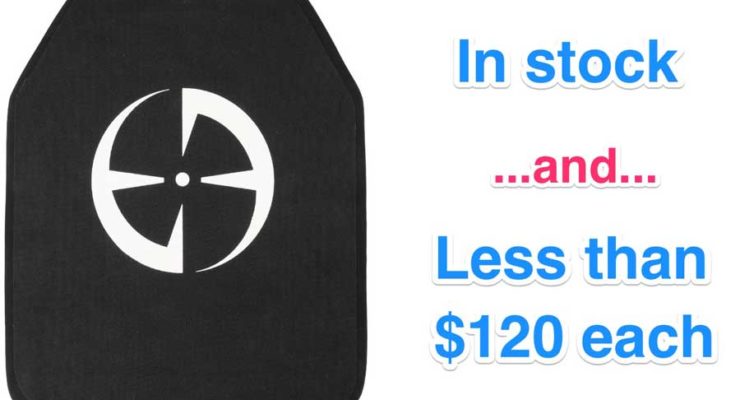
In Stock Ceramic Rifle Plates
Are you needing in stock ceramic rifle plates? I found some for you. [Update Below] If you’ve been looking for body armor – especially rifle rated hard armor plates – you know the wait time is 8-16 weeks depending on the company. I guess a communist insurrection will spike demand for such things. However, LA […]
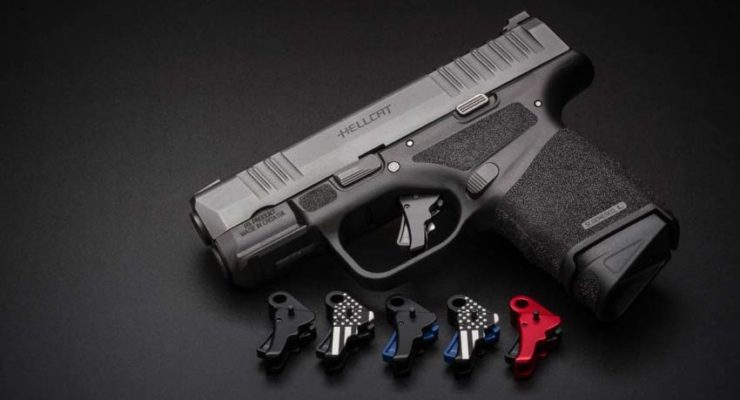
Apex Tactical Backs C.O.P.S.
In an era where killing cops seems to be socially acceptable, Apex Tactical Specialties continues to offer full support for Concerns of Police Survivors (C.O.P.S.) and law enforcement officers. Many of you know Apex for the aftermarket trigger kits they make. A lot of you may not know how much financial support they lend to […]
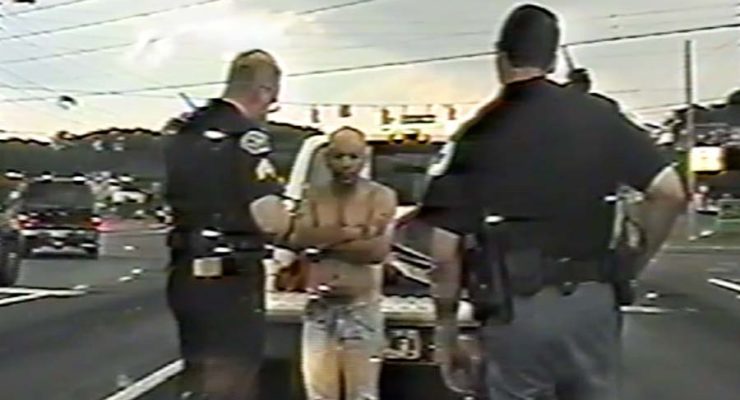
Possible Body Armor Failure Involved in Death of Houston Police Sergeant
The murder of Sergeant Christopher Brewster rocked the Houston Police Department, but the danger to the department may not be over. According to an internal letter sent out by Houston Police Chief Art Acevedo, Sergeant Brewster’s body armor may have been penetrated by one or more handgun rounds fired by the suspect. In the letter, […]
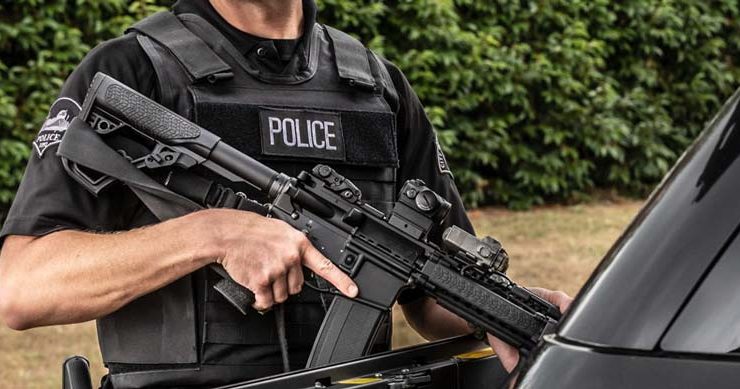
Spartan Armor Systems – Affordable Plate Carriers & More
We’re in the process of updating our recommendations on bail out bags and active shooter kits. This process requires us to survey all of the companies and try to find the best gear for you guys. One of the companies that stood out to us during this process is Spartan Armor Systems. Spartan Armor Systems […]
